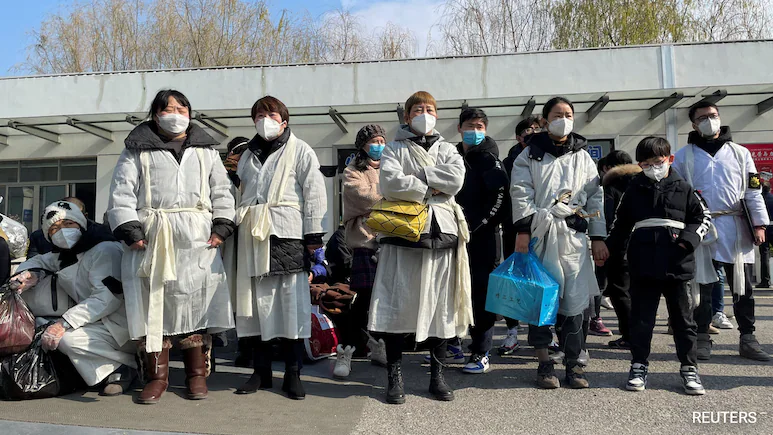Introduction
The spread of the Human Metapneumovirus (HMPV virus) in China has generated concerns worldwide. However, India’s Directorate General of Health Services (DGHS) assures the public there is no cause for alarm. With preventive measures in place and careful monitoring, health officials emphasize that this situation is well under control.
HMPV virus Explained
HMPV virus is a respiratory virus similar to the common cold. While it may cause flu-like symptoms in vulnerable groups—the elderly and young children—experts underline that it does not represent a significant threat to public health at this time.
According to DGHS official Dr. Atul Goel, “Metapneumovirus is like any other respiratory virus. It causes common cold symptoms, and there is no reason to panic. Prevention is the best approach to managing its spread.”
Current Situation in India
Indian health authorities have analyzed respiratory outbreak data for December 2024 and report no significant increase in cases. Additionally, no major clusters of HMPV infections have been detected in hospitals or healthcare institutions across the country. Hospitals remain prepared for any seasonal surges typical during winter, with sufficient supplies and infrastructure in place.
Also Read: HMPV Crisis: Top 5 Alarming Facts About China’s Respiratory Illness Surge
Preventive Measures Highlighted
Dr. Goel advised adopting general precautions that are effective against all respiratory infections:
- Avoid close contact with individuals showing symptoms of coughs or colds.
- Use separate handkerchiefs or towels to minimize the spread of germs during sneezing or coughing.
- Maintain good hand hygiene with frequent washing or use of hand sanitizers.
- Take appropriate medications for cold or fever as needed, under medical guidance.
Monitoring and Global Cooperation
The National Centre for Disease Control (NCDC), under India’s Union Health Ministry, is closely monitoring respiratory illnesses and seasonal influenza. They are also in contact with international organizations to stay updated on HMPV’s global developments.
Dr. Goel reiterated that respiratory viruses often surge in colder months, a pattern that health systems are equipped to manage. “There is nothing extraordinary in the current situation that warrants panic,” he added.
China’s Role in Transparency
The emergence of HMPV in China has drawn comparisons to the initial spread of COVID-19 in 2020. However, Chinese authorities have asserted their commitment to transparency. In response to calls from the World Health Organization (WHO) for additional data on the origins of COVID-19 and related illnesses, China has reiterated its significant contributions to global research efforts.
The WHO, emphasizing the “moral and scientific imperative” of information sharing, continues to work collaboratively with international partners to better understand and address such outbreaks.
Conclusion
While the spread of HMPV in China has raised public concerns, Indian health authorities are confident in their preparedness. By following basic hygiene and preventive measures, individuals can significantly reduce the risk of infection. Health agencies worldwide, including India’s DGHS and NCDC, remain vigilant, ensuring public health safety.






